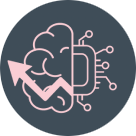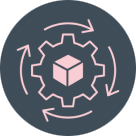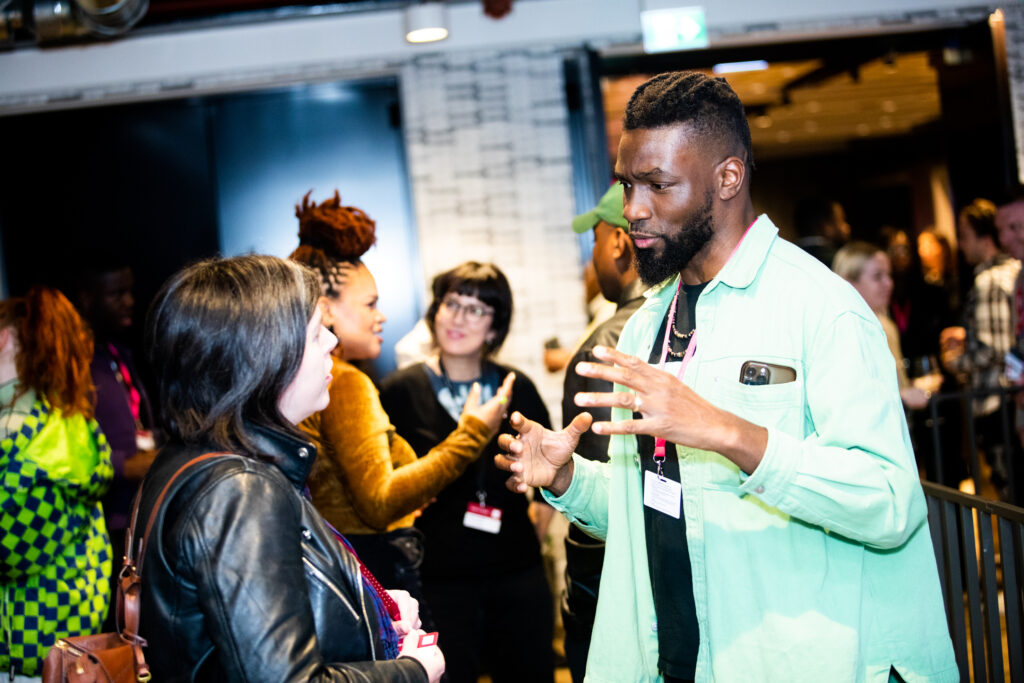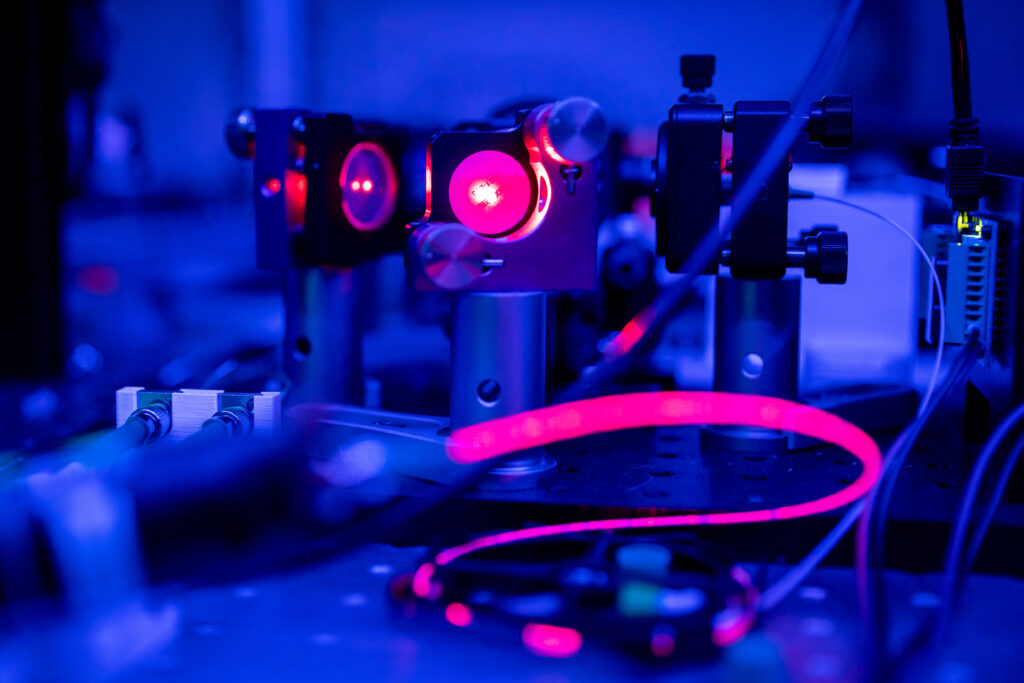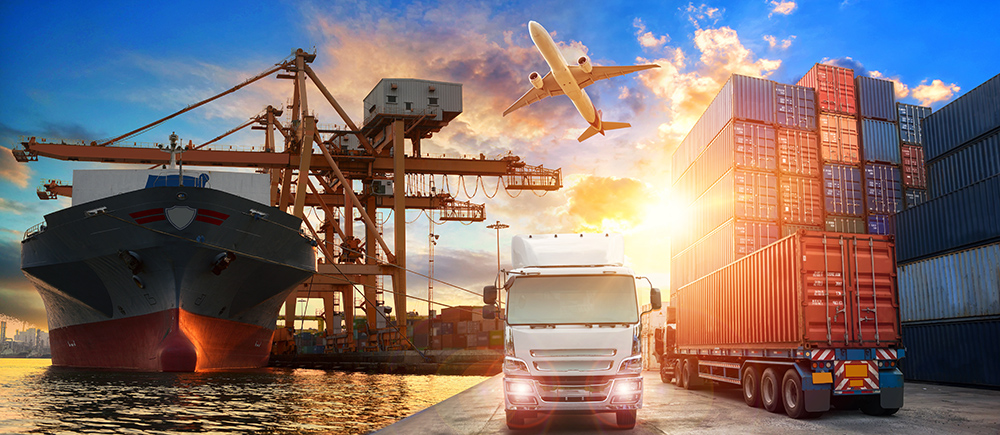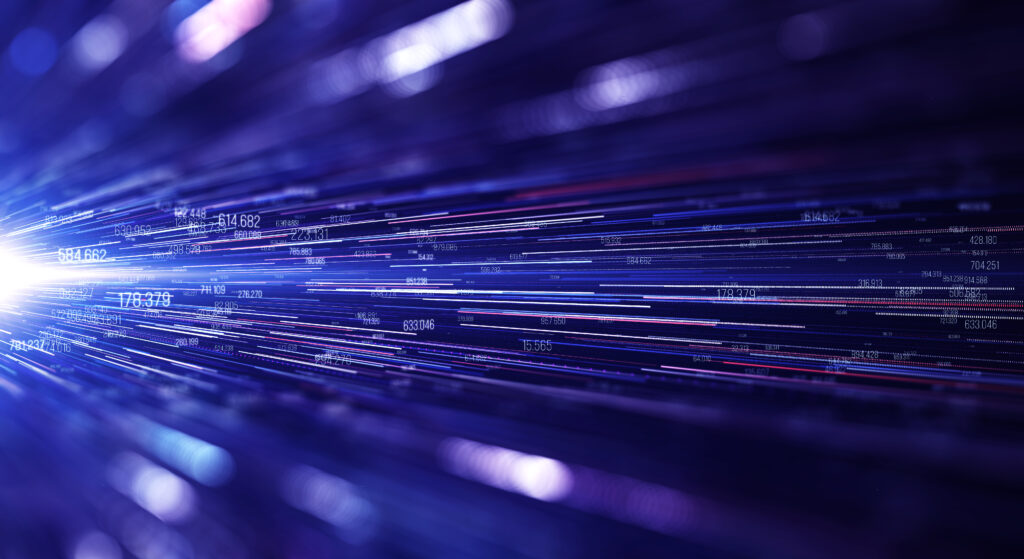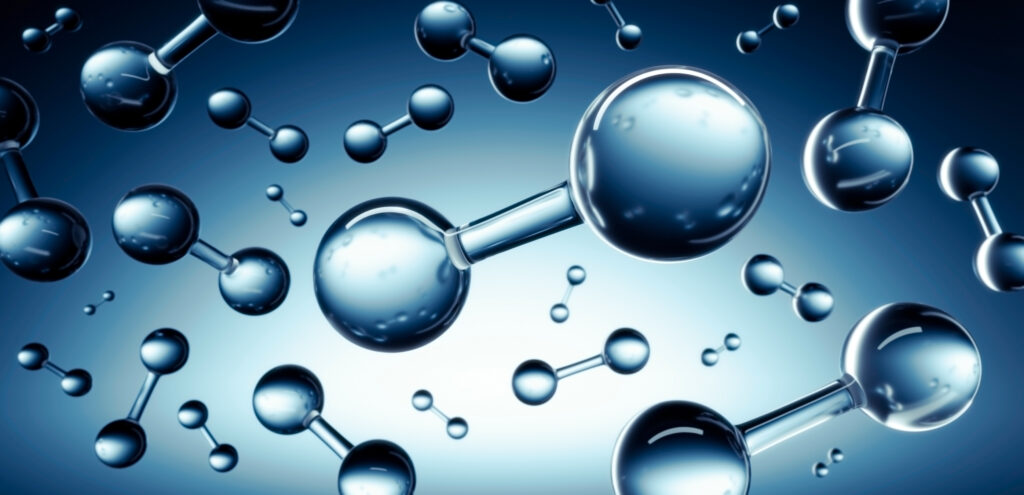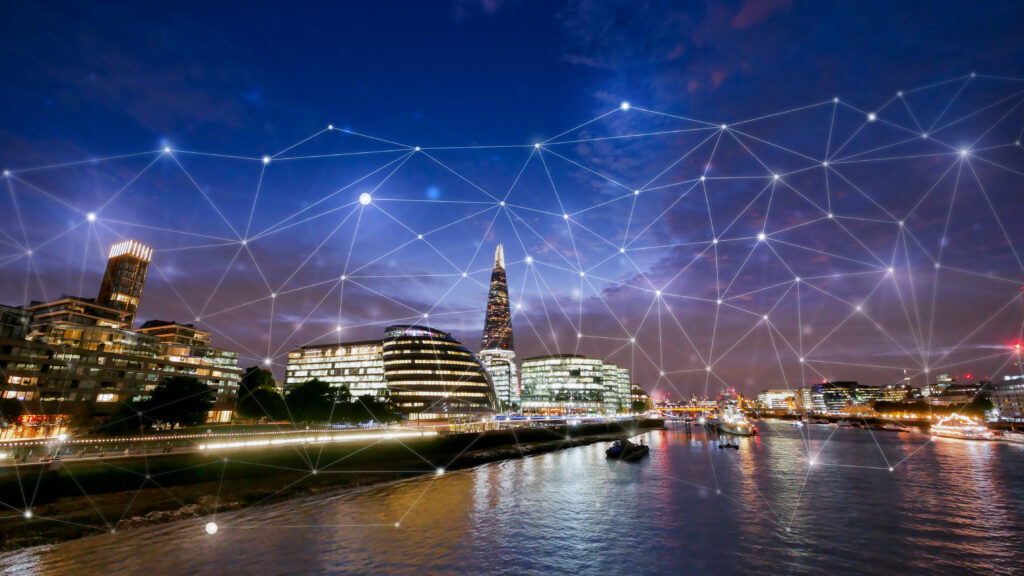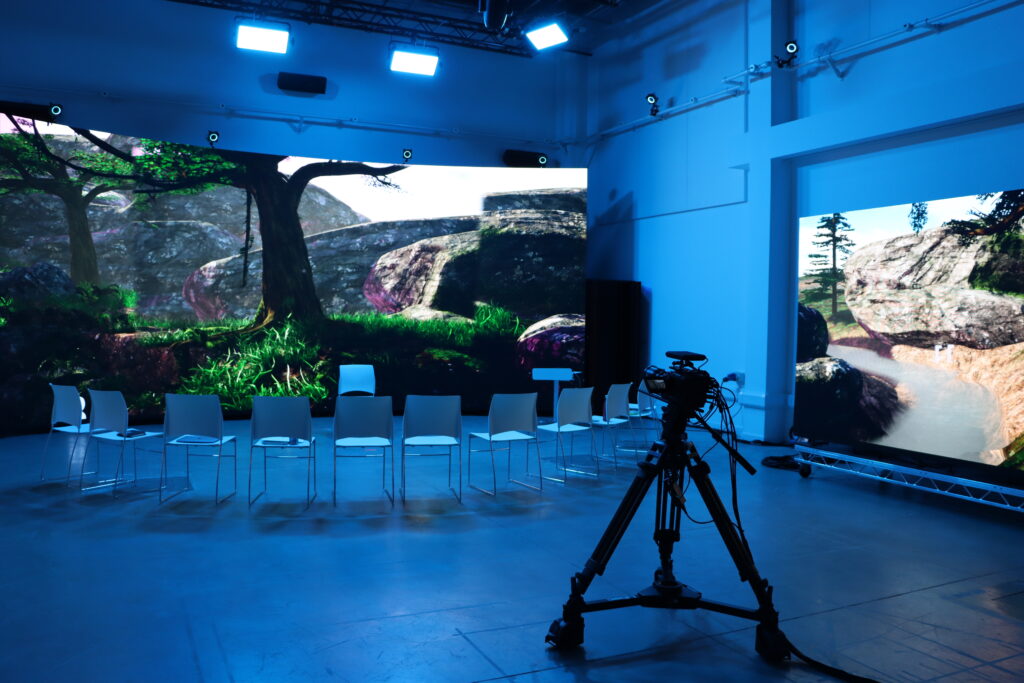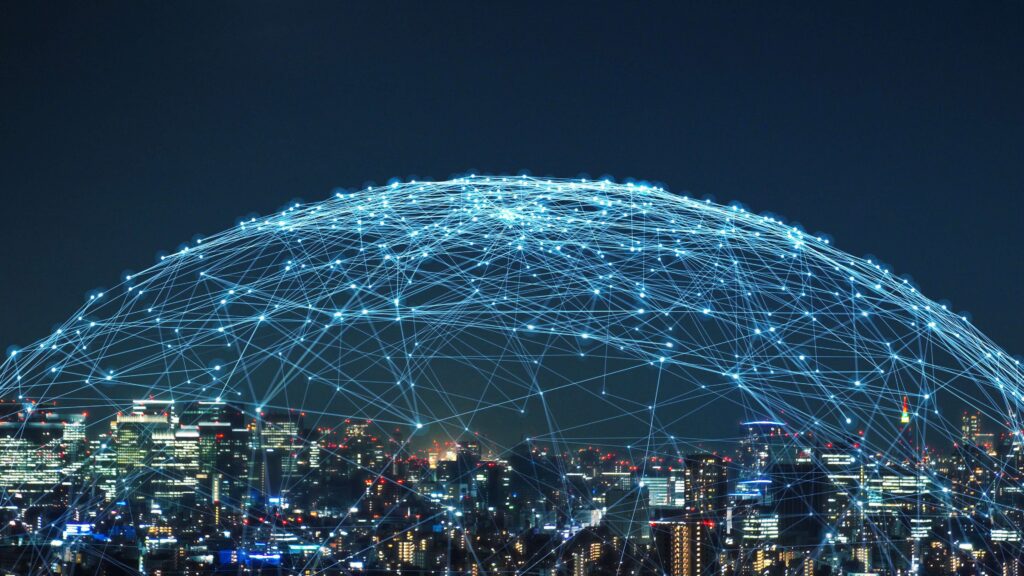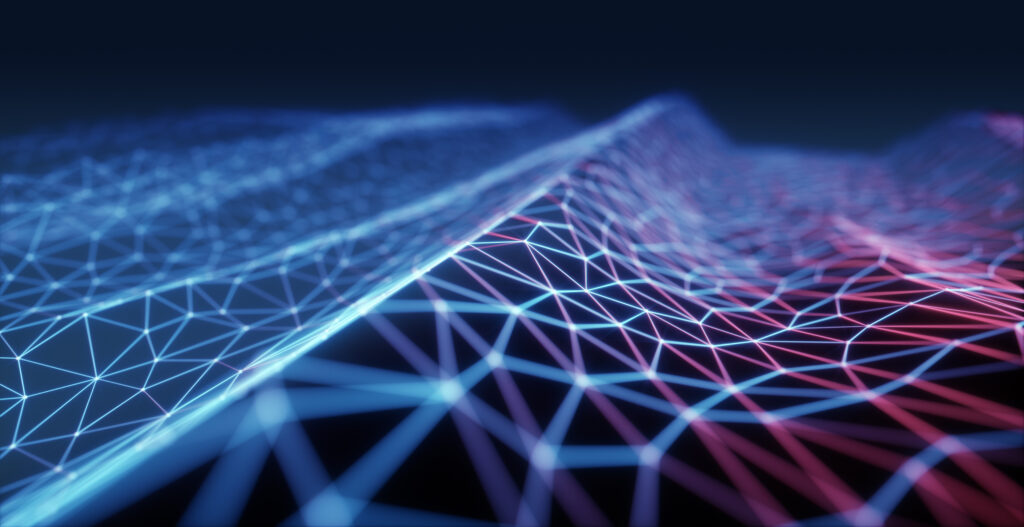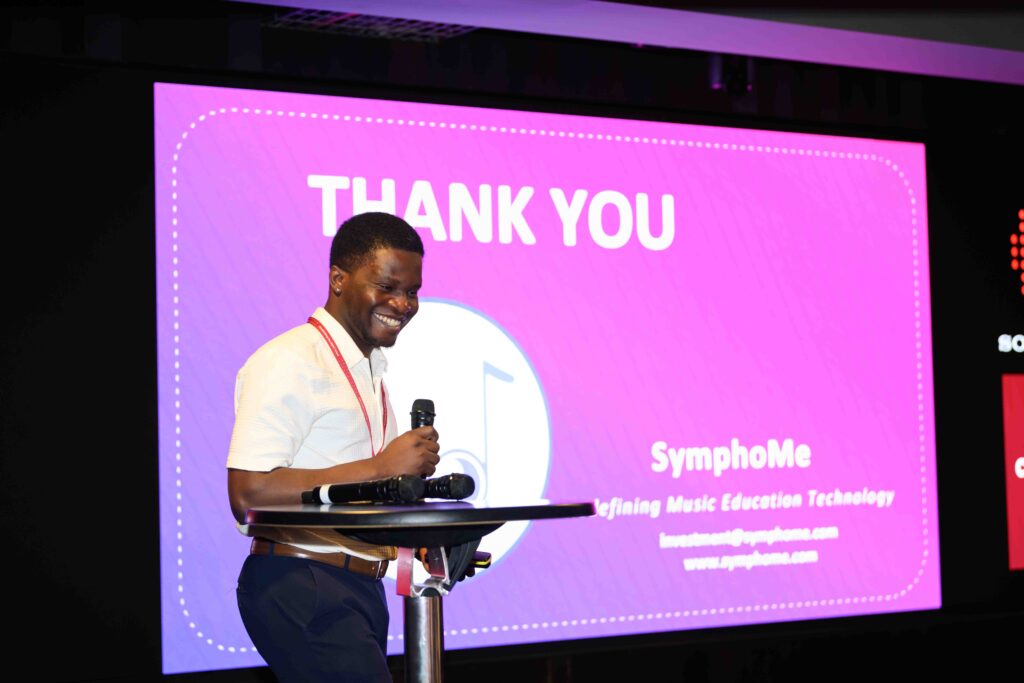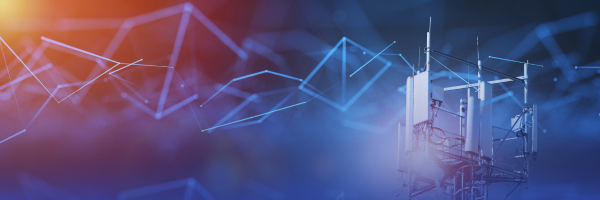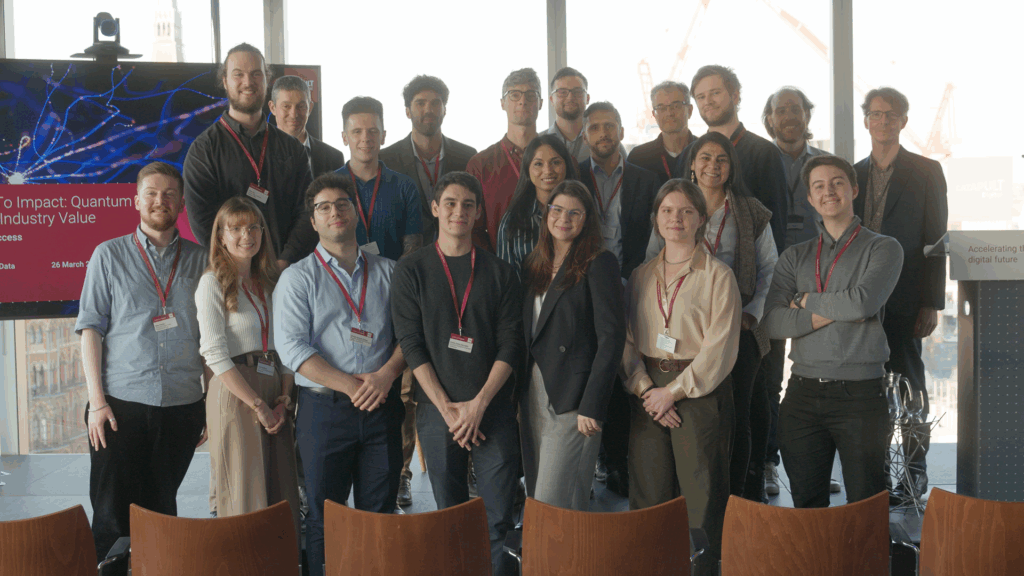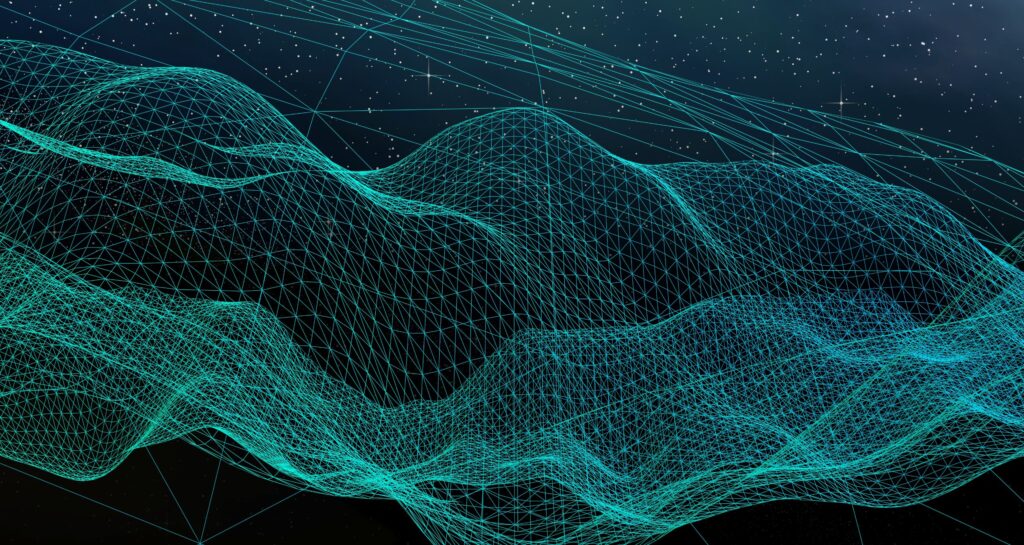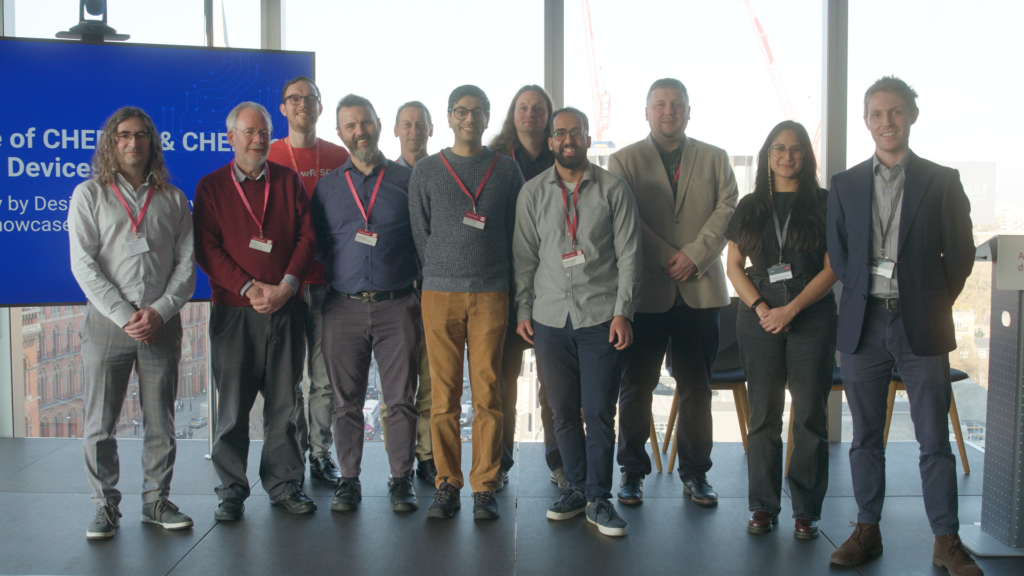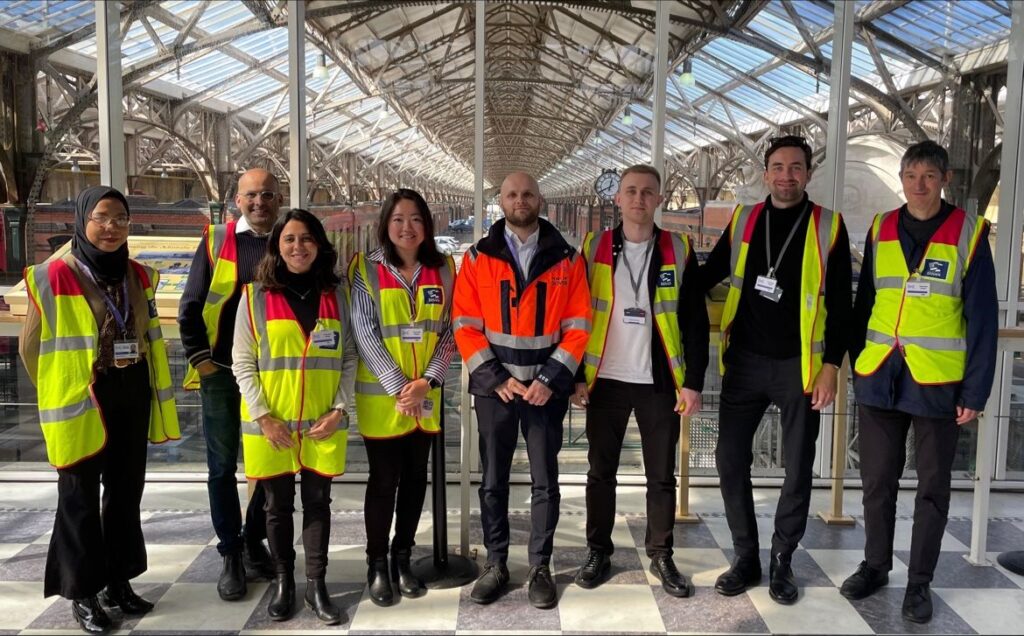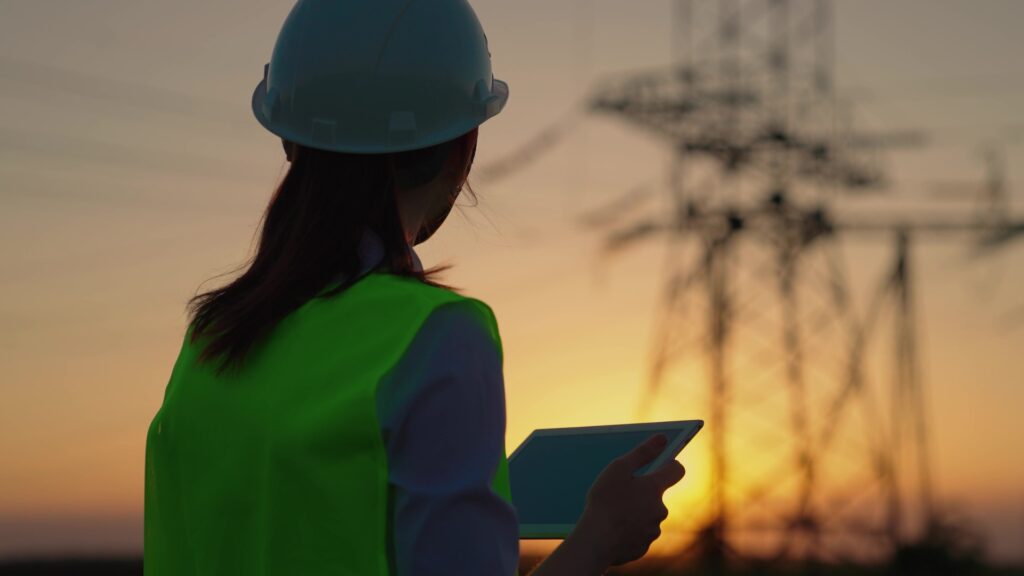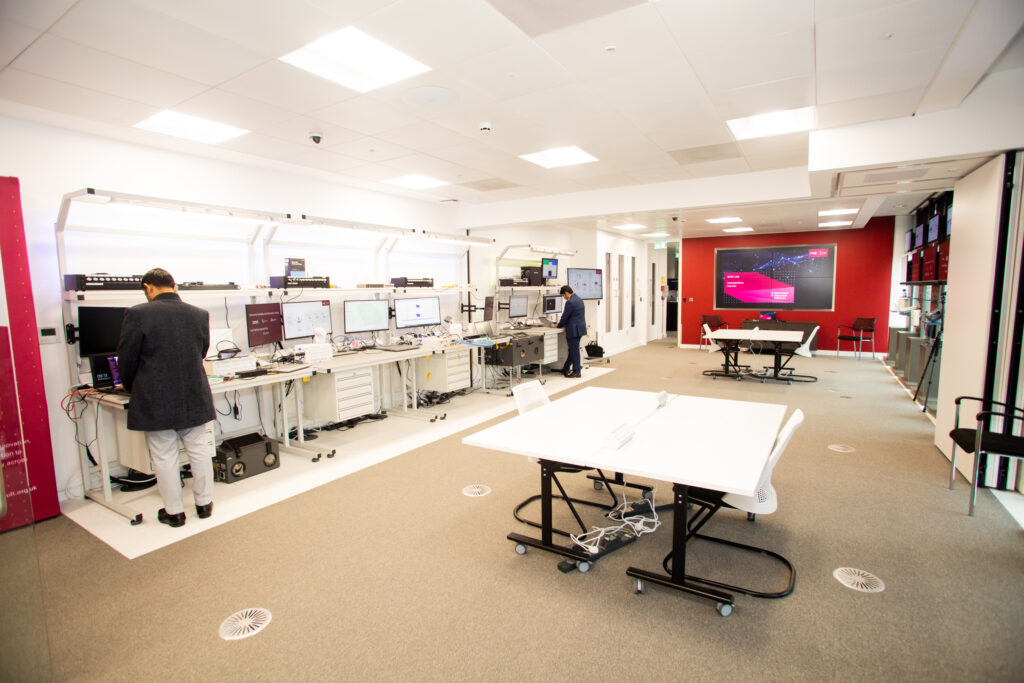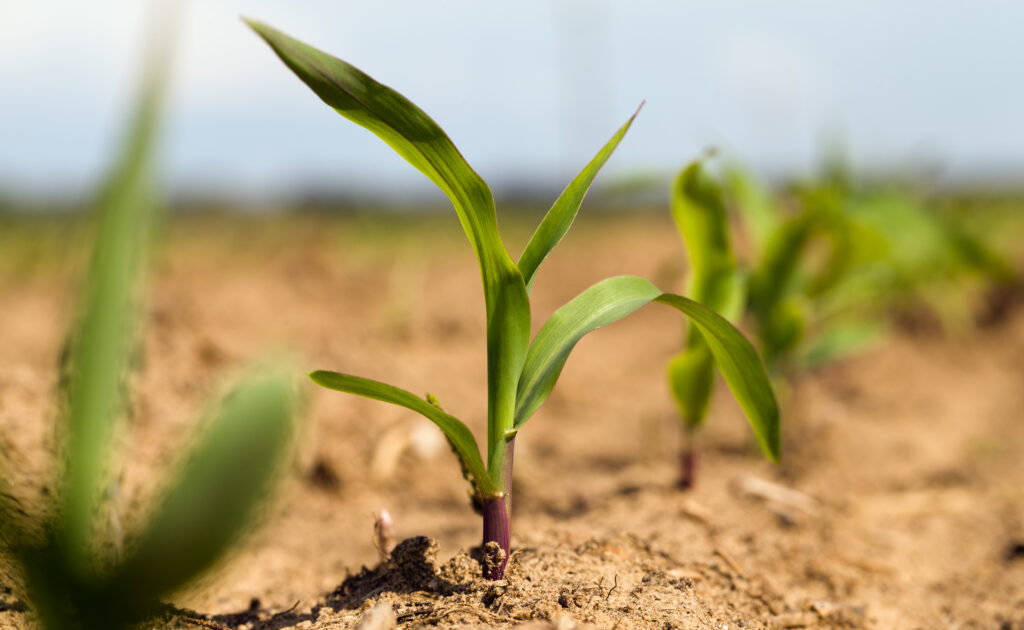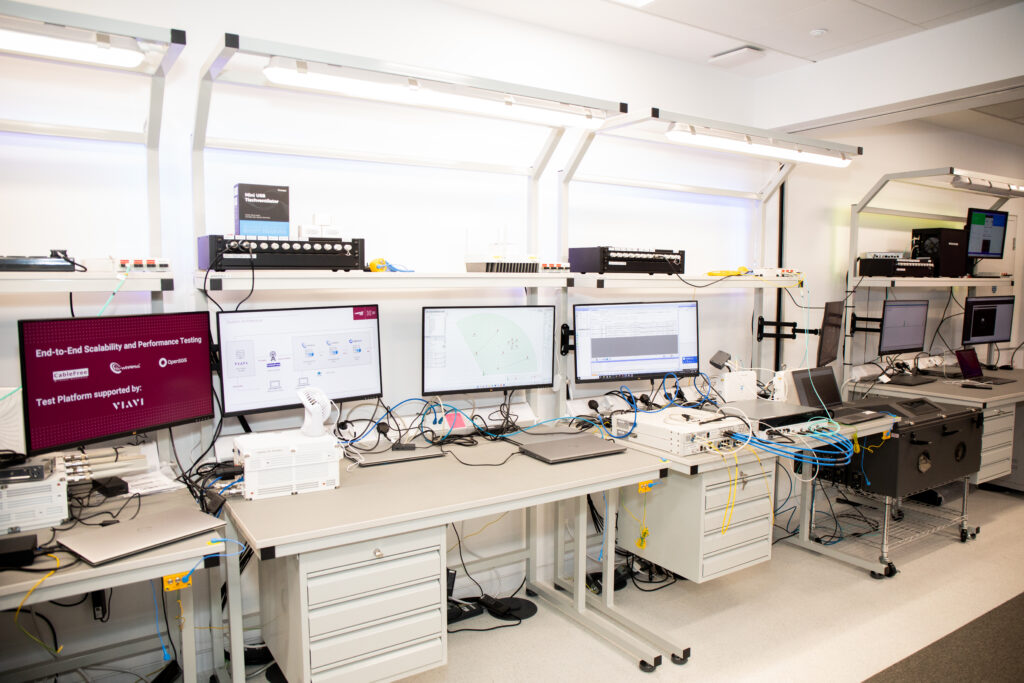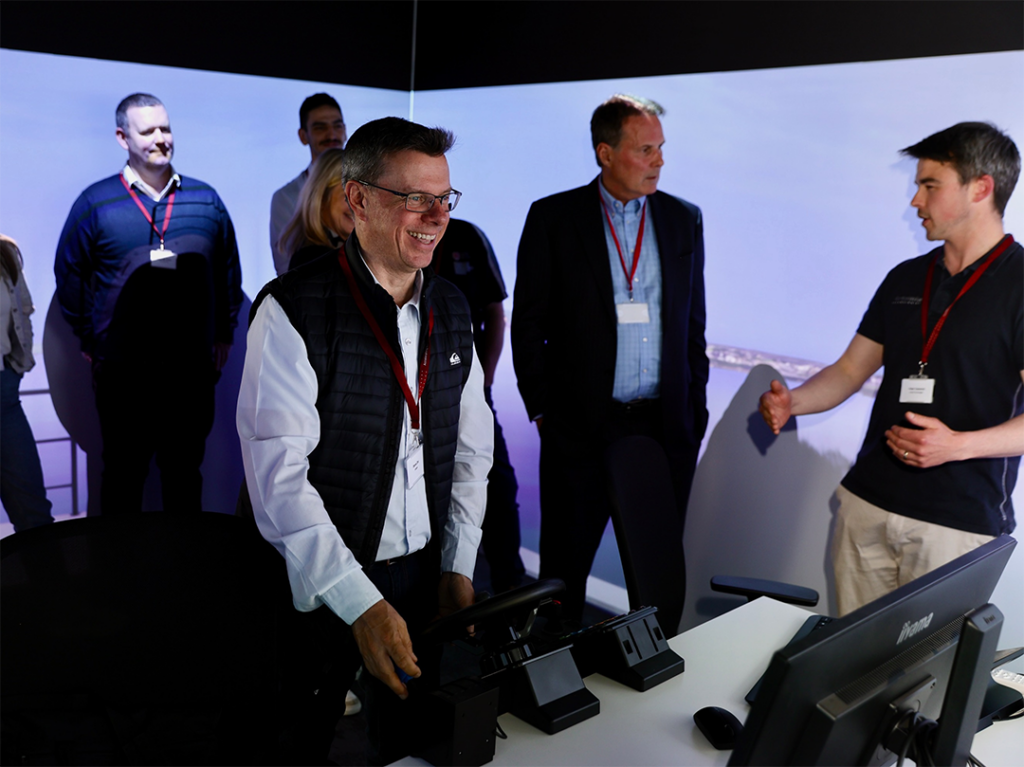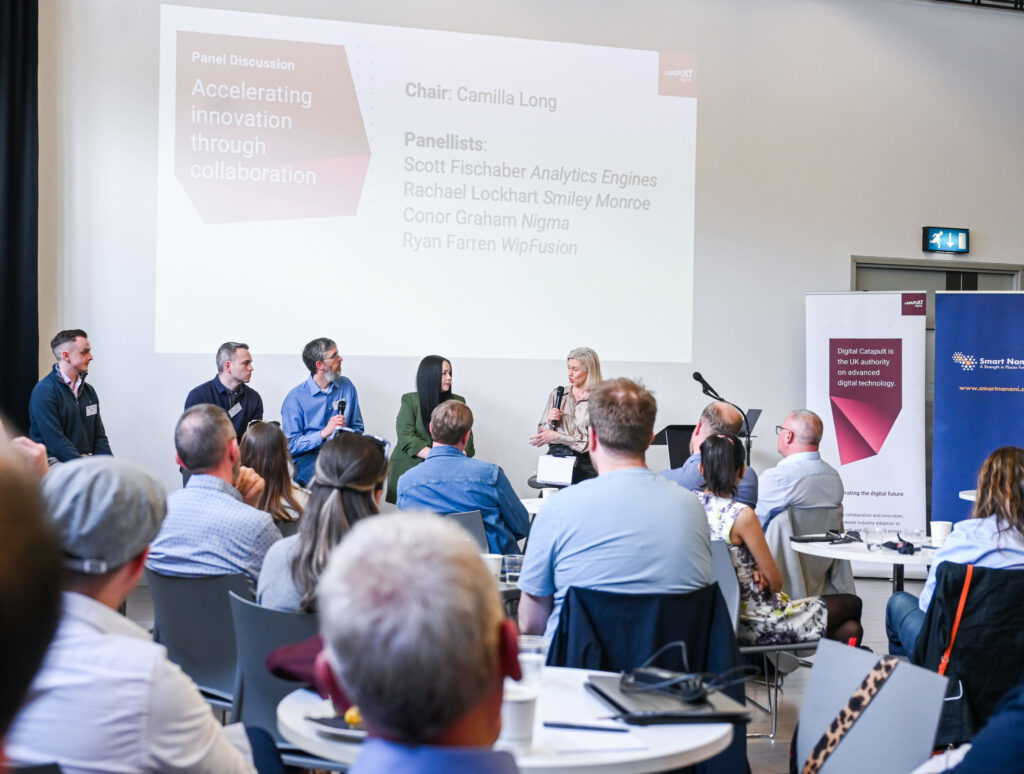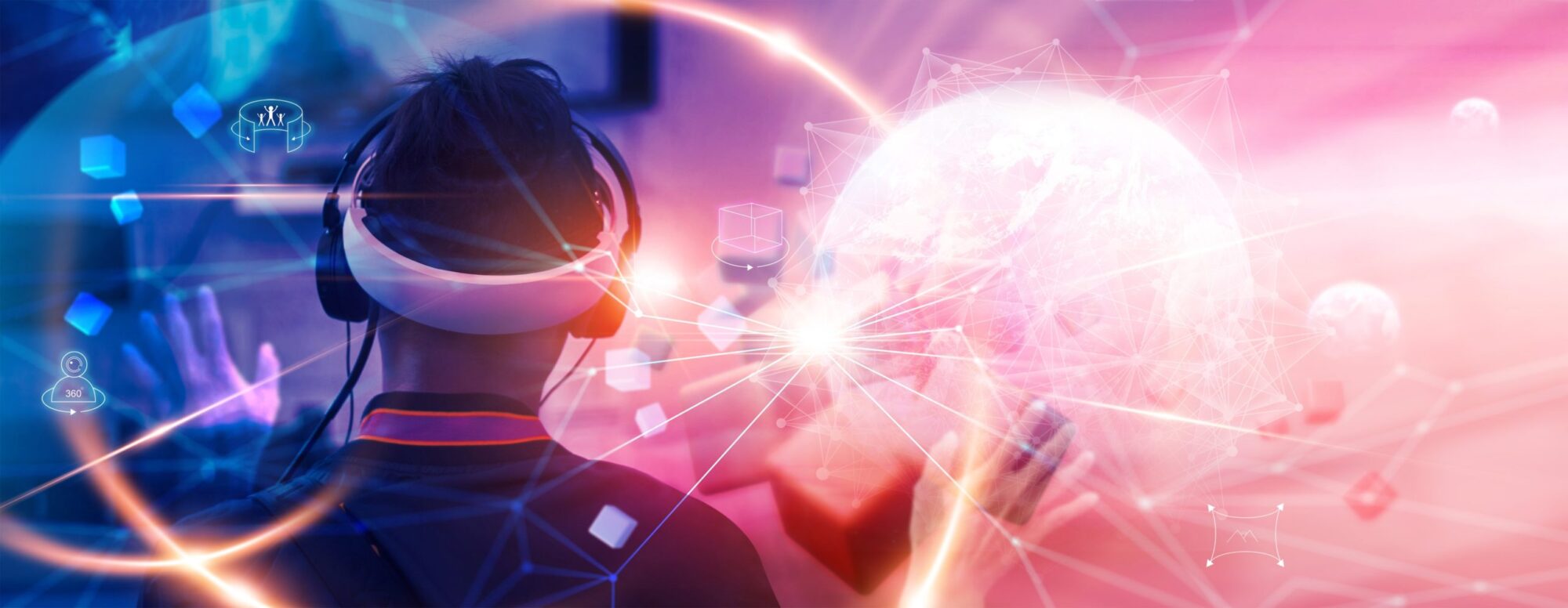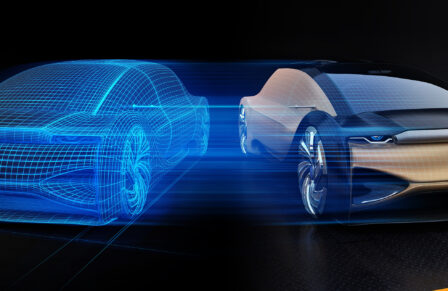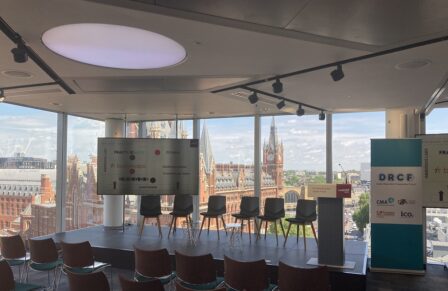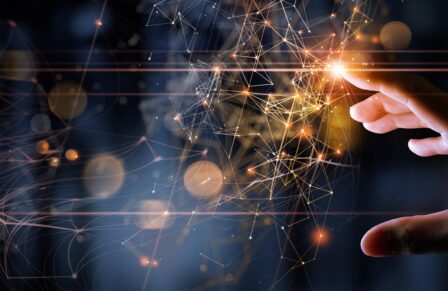Sindu Manickam, Senior Industrial IoT Technologist, Digital Catapult
The Metaverse: since Facebook announced its strategy pivot and company name-change to ‘Meta’ in October last year, the concept has been met with a barrage of confusion, including every definition under the sun – from a never-ending video game, to a fully digital world, to the internet of the future.
While definitions of the metaverse continue to polarise opinion even amongst some of the most prominent industry players, we do know one thing; our virtual and physical worlds are becoming more intertwined than ever before. We can expect the proliferation of complex ‘cyber physical’ systems – where technologies like Digital Twins, artificial intelligence and distributed ledger technologies converge, and are increasingly integrated into the physical world.
IoT is a prime example of a technology bridging our physical and virtual worlds – allowing us to analyse data from our physical environment using sensors, to glean insights and take appropriate action. This could be anything from a homeowner monitoring the energy efficiency of their devices, to a manufacturer monitoring asset performance and predicting breakdowns or repairs.
What could IoT potentially mean for the Metaverse – in this case, a world where our virtual and real worlds seamlessly collide?
Here are 5 ways the Internet of Things (IoT) could be central to the Metaverse taking off:


